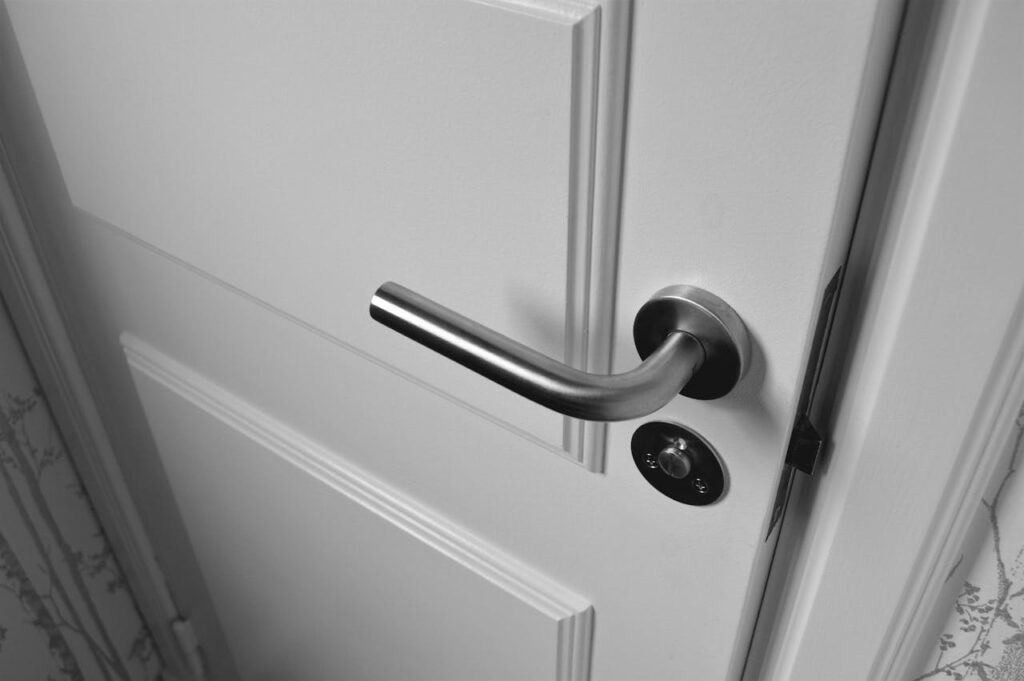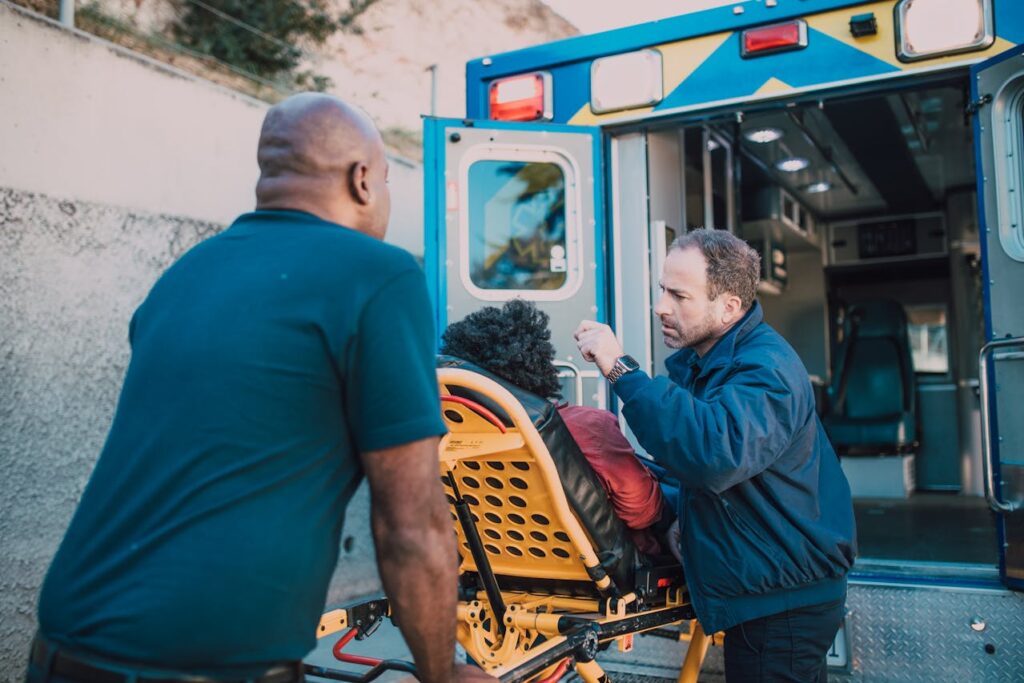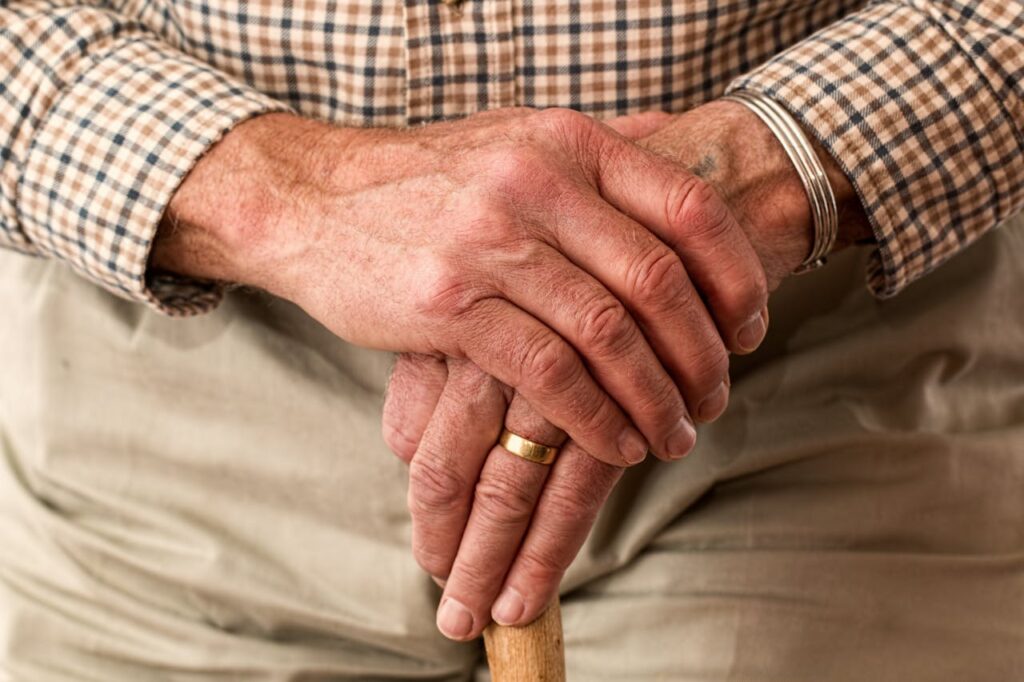Common Mistakes in Home Security and How to Avoid Them
Common Mistakes in Home Security and How to Avoid Them Home security represents a critical aspect of maintaining a safe and secure environment. Safeguarding your home against potential threats should not be treated as an afterthought, but rather as a priority. In this post, we will explore common mistakes homeowners make regarding home security and offer practical solutions to avoid them, enabling you to protect your property and loved ones effectively. Common Mistakes in Home Security Using Outdated Locks and Security Systems One of the most prevalent mistakes is relying on outdated locks and security systems. Traditional locks and alarm systems may no longer offer the robustness needed to deter modern-day burglars. Criminals have access to sophisticated tools and techniques, increasing the importance of updating your home security devices regularly. Ignoring the Importance of Lighting Effective lighting can play a significant role in enhancing home security. Dark and poorly lit areas around your home provide cover for intruders. Many homeowners overlook the impact of adequate lighting, inadvertently making their properties more vulnerable to break-ins. Posting Vacation Updates on Social Media In today’s digital age, it is tempting to share every moment of your life, including vacations, on social media. However, broadcasting your absence can alert potential intruders to an empty home. This innocent mistake can lead to opportunistic breaches, as criminals monitor online activities. Neglecting the Basics of Home Security Planning Another common error is neglecting fundamental home security planning. Many homeowners fail to conduct a thorough assessment of their property, leaving gaps that could be exploited. Basic measures such as securing windows, ensuring functional locks, and installing motion detectors are often overlooked. How to Avoid These Mistakes Upgrade to Modern Security Systems Investing in modern security systems is essential. Smart locks, surveillance cameras with remote access, and advanced alarm systems integrate seamlessly into a comprehensive home security strategy. These systems offer features like real-time alerts and remote monitoring, providing an additional layer of protection. Implement Timers for Lights and Smart Locks Utilizing timers for lights can create the illusion of occupancy, deterring potential intruders. Integrating smart locks with automated lighting systems further strengthens security by ensuring your home remains well-lit and secure, even when you’re away. Utilize Social Media Responsibly Exercise caution when sharing personal information on social media, especially regarding travel plans. Delay posting vacation updates until you return home. Adjust privacy settings to limit who can view your content, reducing the risk of unwanted attention. Conduct a Home Security Audit Performing a home security audit allows you to identify vulnerabilities and implement necessary improvements. Review entry points, test alarm systems, ensure proper lighting, and consider professional assessments. Regular audits help maintain an up-to-date and effective security setup. Benefits of Proper Home Security Measures Peace of Mind Implementing robust home security measures provides peace of mind, knowing your home and loved ones are protected. A secure home allows you to relax and focus on other aspects of life without constant worry about potential threats. Protection of Valuables Proper home security ensures the protection of valuable possessions. Advanced locking mechanisms, alarms, and surveillance systems significantly reduce the likelihood of theft, preserving your assets. Deterrence of Potential Burglars Visible security measures act as a deterrent to potential burglars. Homes equipped with modern security systems, cameras, and proper lighting are less likely to be targeted. Criminals typically seek easier targets, making robust security a powerful deterrent. Conclusion Securing your home is a proactive step towards safeguarding your property and loved ones. By avoiding common mistakes and implementing the recommended security measures, you can significantly enhance your home’s safety. Don’t wait for an incident to spur action—begin enhancing your home security today. Call to Action: Offer a Free Home Security Consultation Take the first step towards a safer home by reaching out to us for a complimentary home security consultation. Our experts are ready to provide you with personalized advice and solutions tailored to your specific needs. Contact us today and ensure your home is protected with the latest in security technology. — This blog post aims to inform and empower homeowners and DIY enthusiasts to take charge of their home security. By addressing common mistakes and offering practical advice, we hope to position our brand as a trusted advisor in the realm of safety and security.


